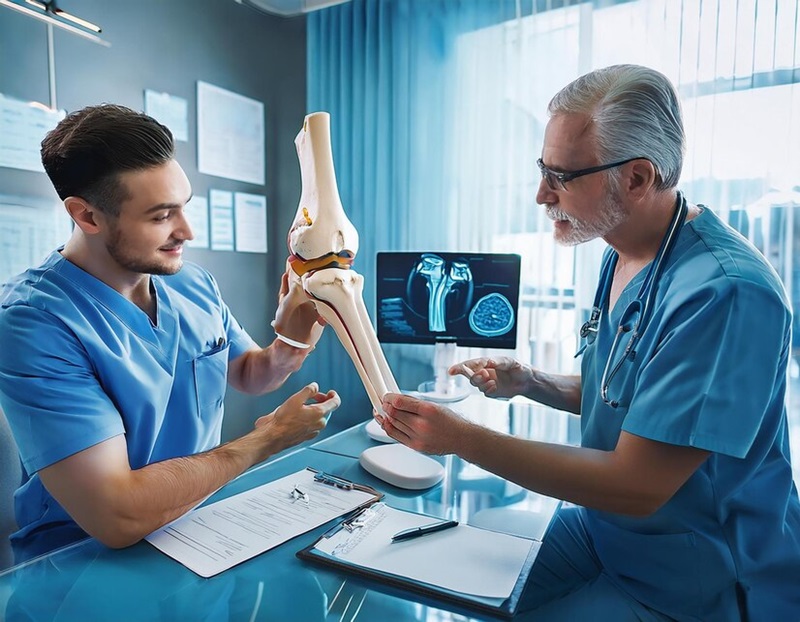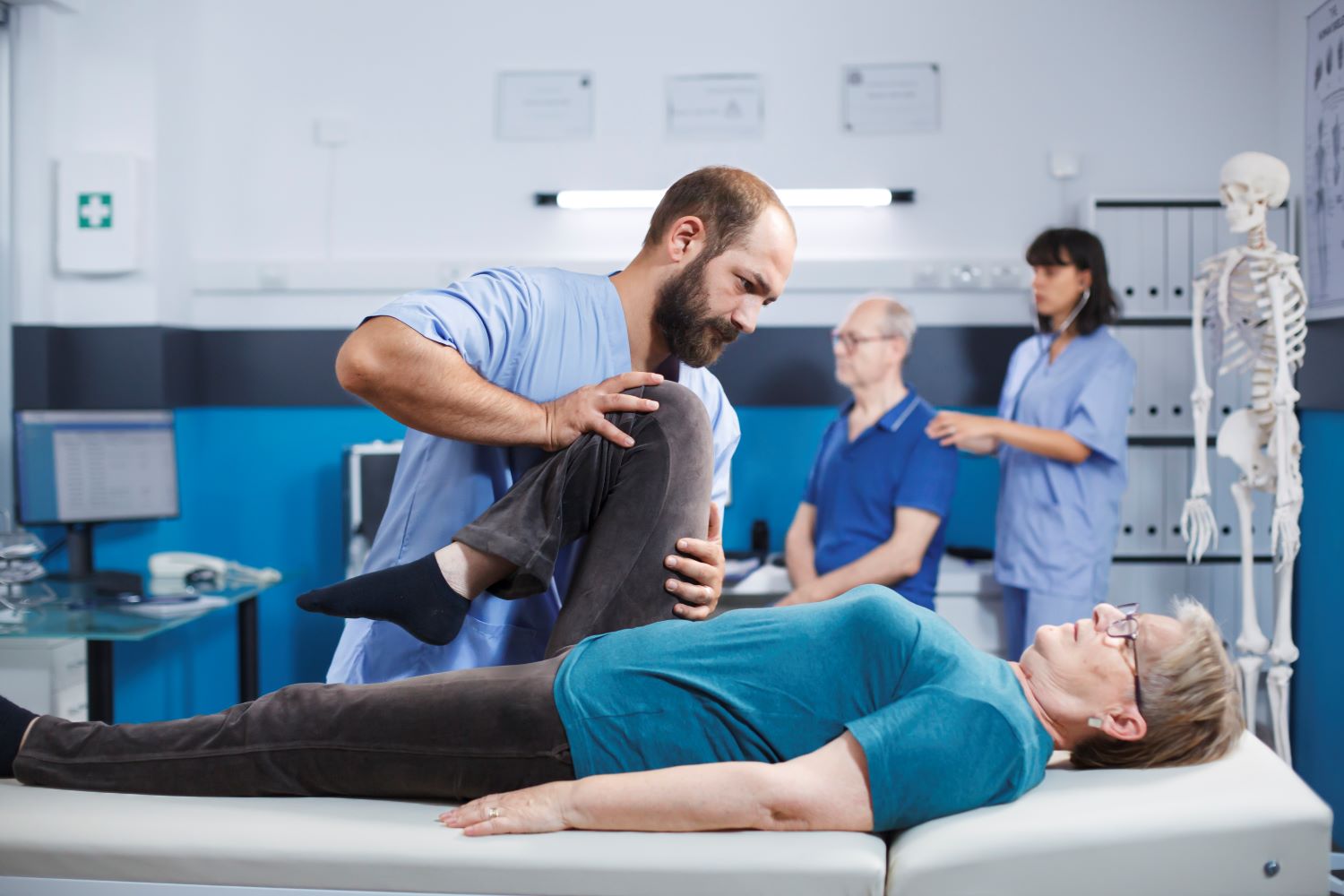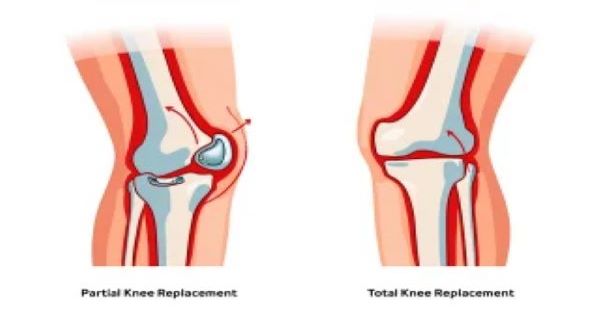The knee joint is a remarkable structure that supports the entire weight of the human body and allows complex movements such as walking, running, squatting, and jumping. At the center of this function lies articular cartilage a smooth, rubber-like tissue that covers the ends of bones in joints. When cartilage becomes damaged due to injury, wear-and-tear, or underlying conditions like osteoarthritis, it can affect mobility and comfort significantly. Fortunately, modern medical science has advanced significantly in the area of knee cartilage repair, offering patients multiple options for relief and restoration. These breakthroughs, much like the innovations seen in hip replacement surgery in Mumbai, reflect the growing capabilities of orthopedic care across major Indian cities.
From microfracture surgery to osteochondral grafting, today’s orthopedic interventions are designed not only to restore function but to preserve joint integrity for the long term. Let’s delve into the science behind these innovative treatments and how they are transforming orthopedic care across India, including the expertise available in hip replacement surgery in Mumbai and the comprehensive joint care provided by every skilled orthopedic doctor in Thane.
Understanding Cartilage Damage
Unlike bone or skin, cartilage does not have a direct blood supply. This means it has limited natural healing capacity. When damaged whether by trauma or degeneration it does not regenerate efficiently. Left untreated, cartilage injuries may eventually lead to joint discomfort and decreased function.
According to a report published by the Journal of Orthopaedic Research, cartilage injuries affect nearly 60% of people undergoing knee arthroscopy, many of whom are between 20 and 40 years of age. This highlights the importance of early intervention and advanced treatment methods.
Microfracture Technique: Stimulating Natural Healing
One of the most commonly performed procedures for small cartilage defects is microfracture surgery. This minimally invasive arthroscopic technique involves creating tiny holes, or microfractures, in the bone beneath the damaged cartilage. The process stimulates the body’s natural healing by allowing bone marrow cells to form a clot at the injury site, leading to the development of fibrocartilage, which, while not as smooth as natural cartilage, provides good functionality.
This technique is especially effective for younger patients with localized cartilage damage and has a relatively short recovery time.
Advantages:
- Minimally invasive
- Stimulates natural repair
- Cost-effective
- Often performed in outpatient settings
However, microfracture is generally more suitable for small defects. For larger or more complex cartilage loss, more advanced options may be necessary.
Autologous Chondrocyte Implantation (ACI): Personalized Cartilage Regrowth
ACI is a cutting-edge, two-step technique that involves harvesting healthy cartilage cells (chondrocytes) from the patient’s own knee, culturing them in a laboratory for several weeks, and then implanting the expanded cells into the damaged area.
This procedure offers a major advantage: it regenerates hyaline-like cartilage, which closely resembles native cartilage in structure and function. Although the process is longer and more complex, ACI has proven highly effective, especially for athletes and active individuals.
Recent statistics from clinical studies suggest that ACI procedures have a success rate of nearly 85% in restoring function and alleviating discomfort in long-term follow-ups.
Osteochondral Grafting: Rebuilding with Real Tissue
For deeper and larger cartilage injuries, osteochondral grafting can be a game-changer. This involves transplanting bone and cartilage plugs from one part of the knee (autograft) or from a donor (allograft) to the damaged area.
The graft includes both cartilage and the underlying bone, allowing a seamless integration with the host tissue and restoring both surface and support. The results are particularly favorable in younger patients and athletes who need a durable and stable repair.
This method is widely practiced across top Indian cities, including hospitals known for hip replacement surgery in Mumbai, where orthopedic departments are equipped to handle complex cartilage restoration procedures.
Emerging Techniques: Stem Cells and 3D Bioprinting
The future of cartilage repair is increasingly focused on regenerative medicine. Techniques involving mesenchymal stem cells (MSCs) harvested from bone marrow or adipose tissue are being explored to regenerate cartilage naturally. These cells are injected into the damaged area where they differentiate into chondrocytes under the right biological cues.
In addition, 3D bioprinting in orthopedic care is being developed to create scaffolds loaded with stem cells that mimic natural cartilage structure. Though still in experimental stages, these innovations hold promise for more natural and long-lasting cartilage regeneration.
Post-Treatment Rehabilitation: The Key to Success
Regardless of the procedure, post-surgical rehabilitation after orthopedic procedures plays a crucial role in recovery. A tailored physiotherapy program ensures proper joint mobility, strength, and gradual return to activity. Patients are often guided by their orthopedic surgeon and rehabilitation team for weeks to months, depending on the technique used.
Experienced orthopedic centers, such as those offering hip replacement surgery in Mumbai, also integrate comprehensive rehab into their treatment plans, providing continuity of care. Similarly, a reputed orthopedic doctor in Thane will focus not only on surgical outcomes but also on holistic recovery ensuring patients return to an active, pain-free life.
How to Know Which Treatment Is Right for You
The choice of technique depends on multiple factors:
- Age of the patient
- Size and location of the cartilage defect
- Activity level
- Overall knee condition
- Presence of any associated ligament or bone injury
A thorough consultation with a qualified orthopedic doctor, including imaging (MRI), physical examination, and joint history, helps determine the ideal course of treatment.
The Indian Context: Evolving Infrastructure and Access
India is steadily becoming a hub for advanced orthopedic interventions. Major cities like Mumbai and Thane offer access to high-quality orthopedic care with increasing adoption of minimally invasive techniques and robotic assistance.
According to a 2023 industry report, the Indian orthopedic devices market is projected to grow at a CAGR of 6.7% from 2023 to 2028, reflecting increased demand and investment in joint preservation procedures.
Conclusion
Cartilage damage is no longer a permanent limitation thanks to the advances in orthopedic science. From microfracture to osteochondral grafting, patients today have access to a wide range of options tailored to their specific needs. Whether you are a sportsperson, a fitness enthusiast, or simply someone looking to improve knee function, consulting an experienced orthopedic specialist can lead to effective and lasting solutions.
If you’re exploring advanced orthopedic procedures or even planning for hip replacement surgery in Mumbai, or looking for the guidance of a trusted orthopedic doctor in Thane, rest assured that expert care and innovative techniques are well within reach.










